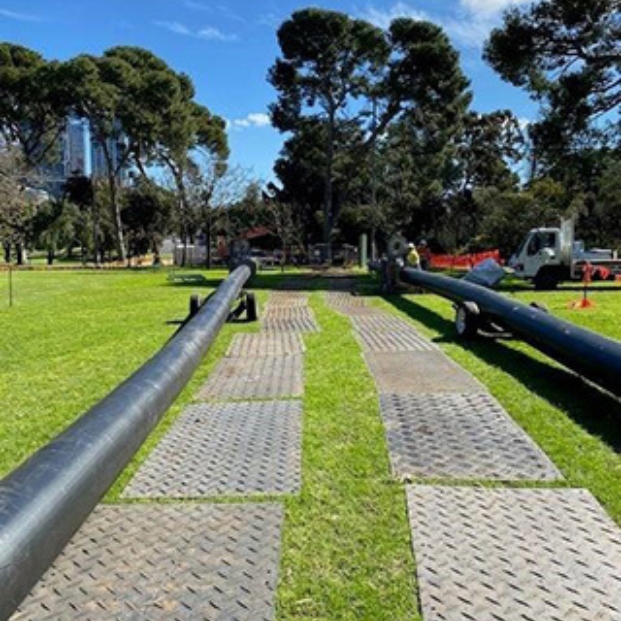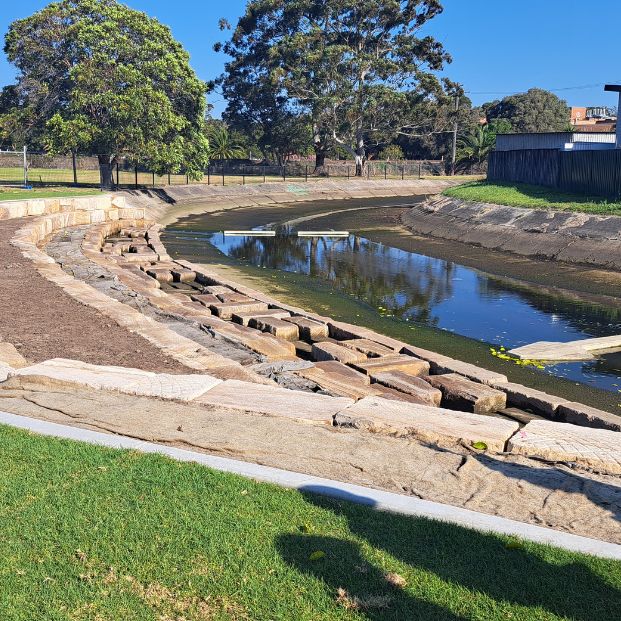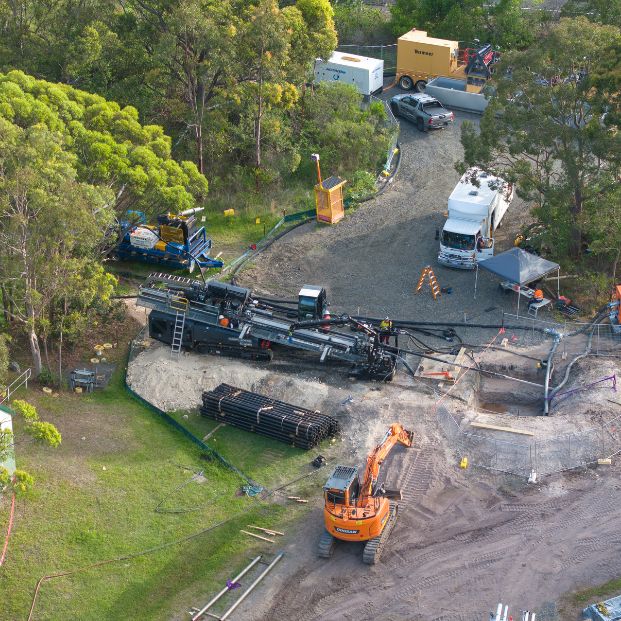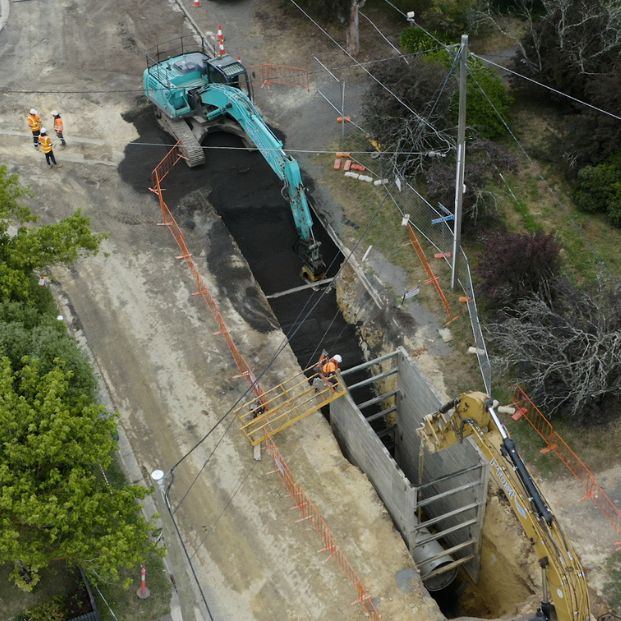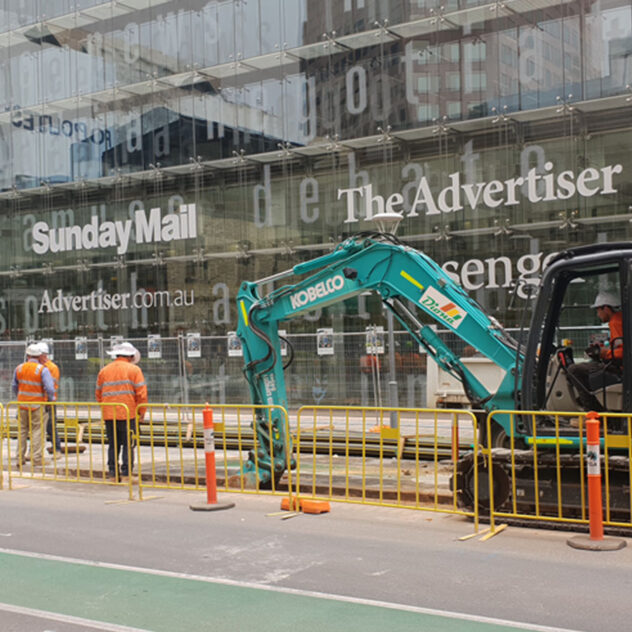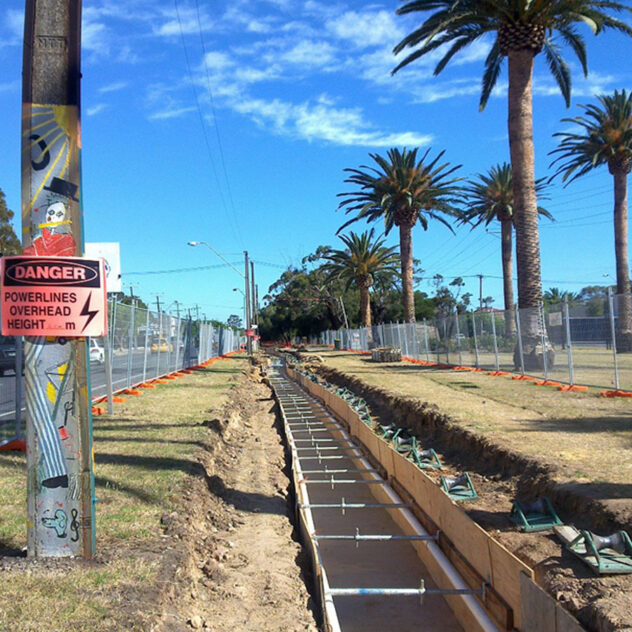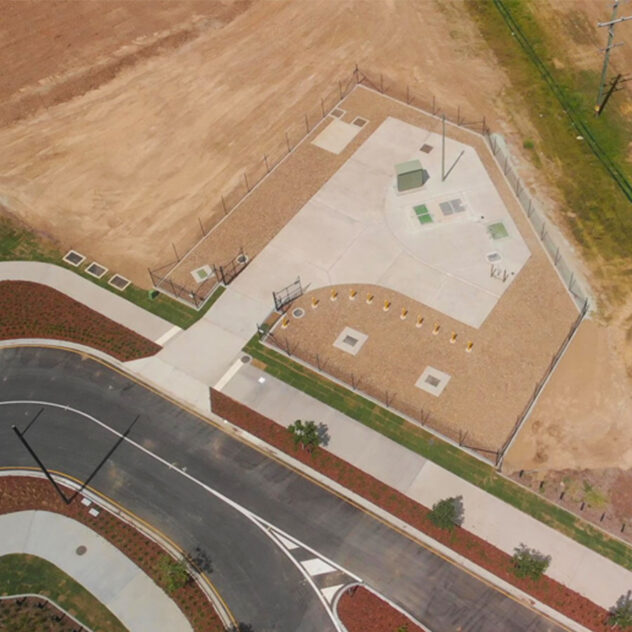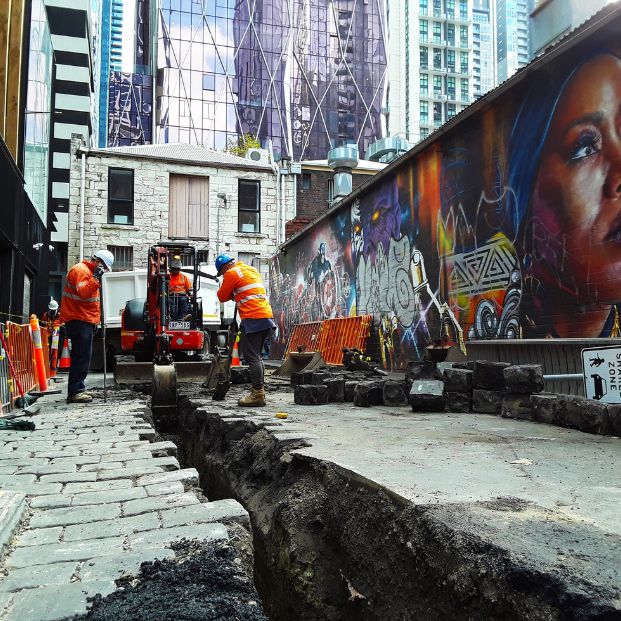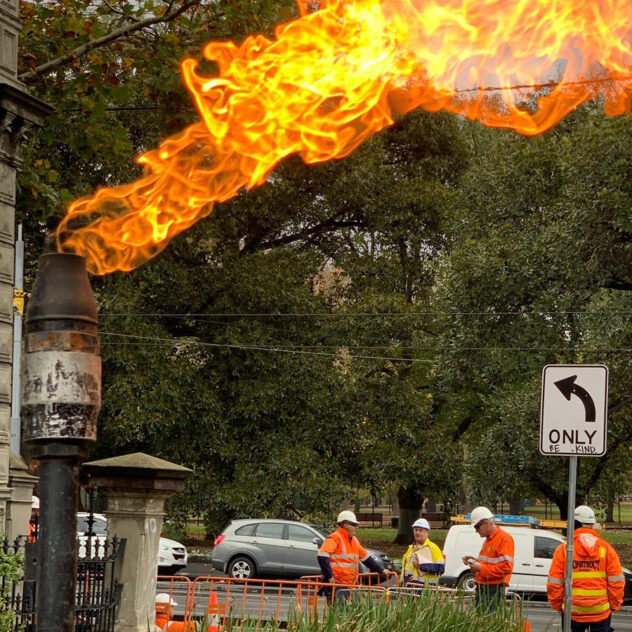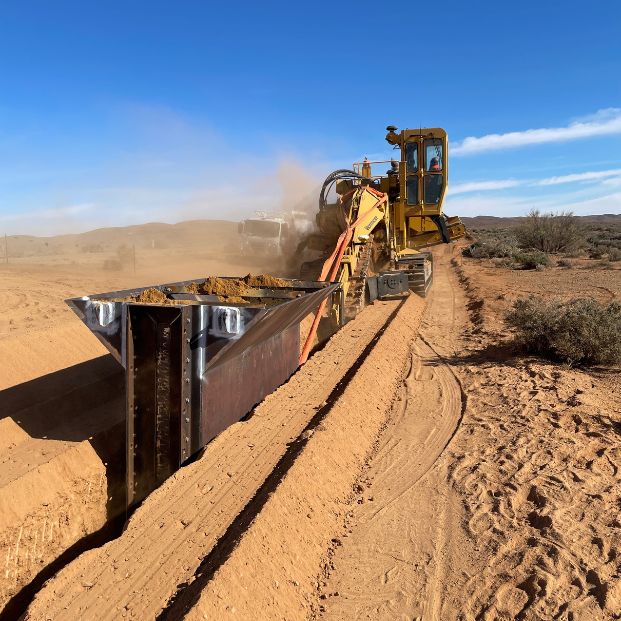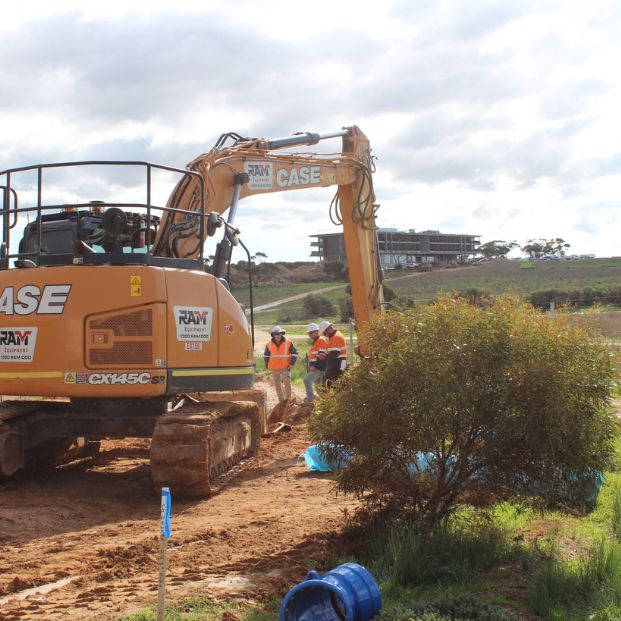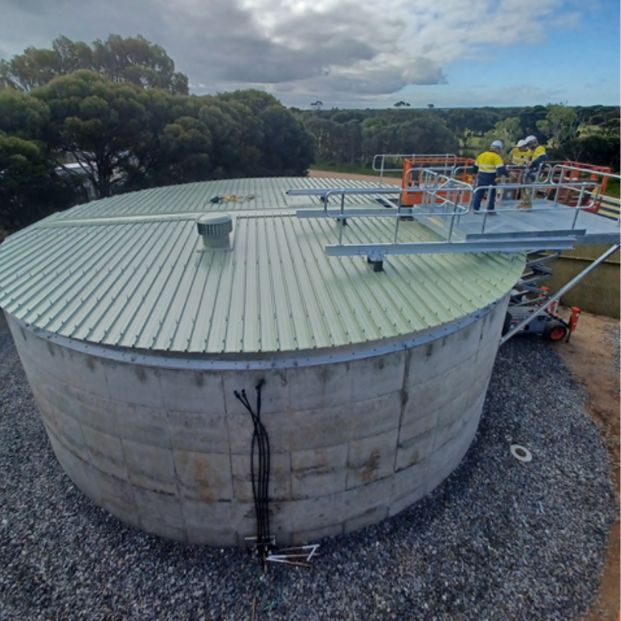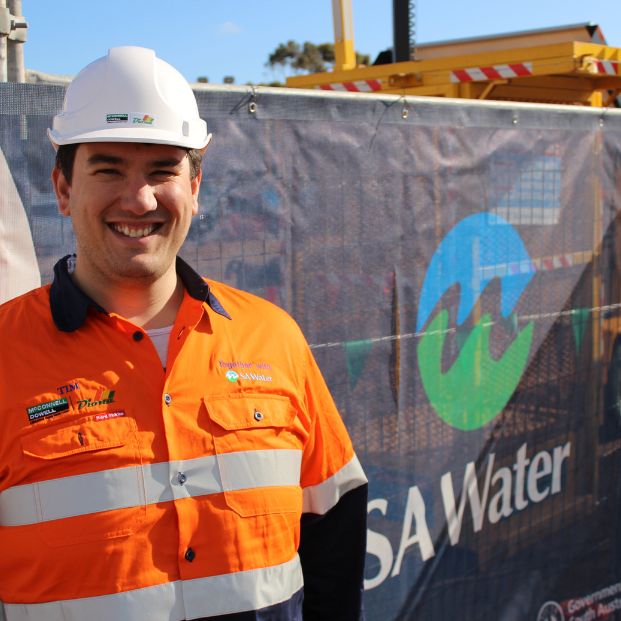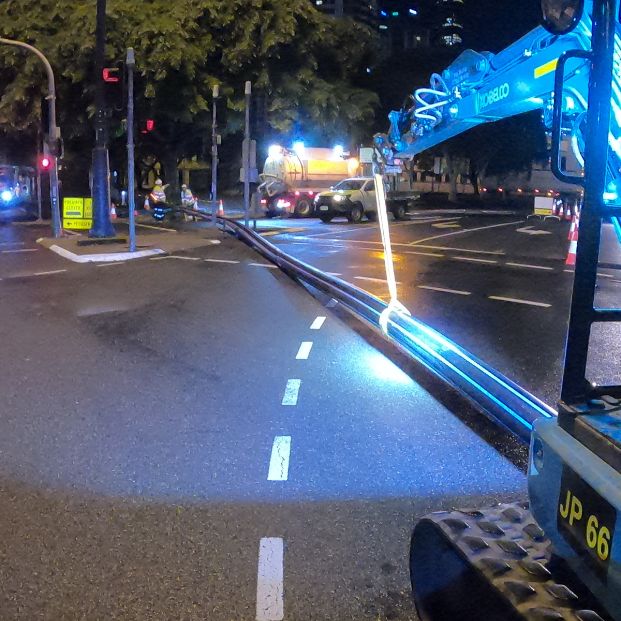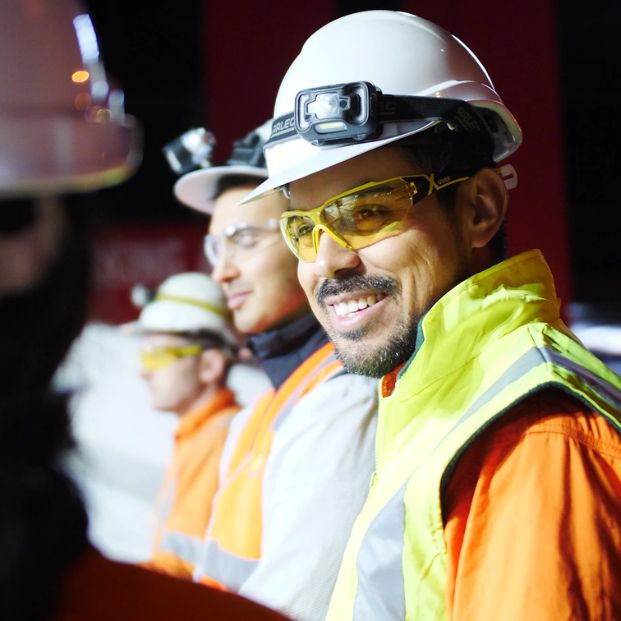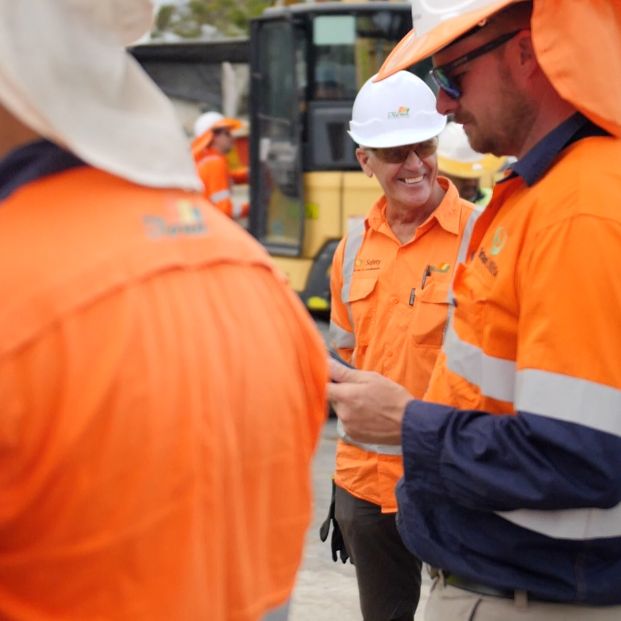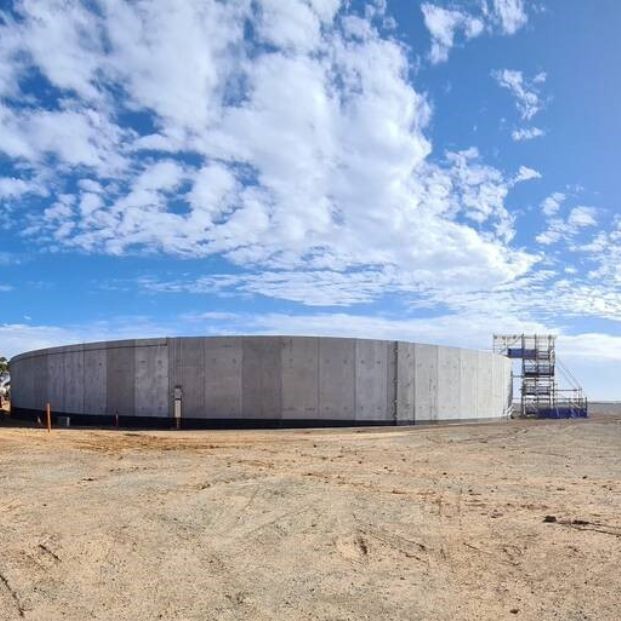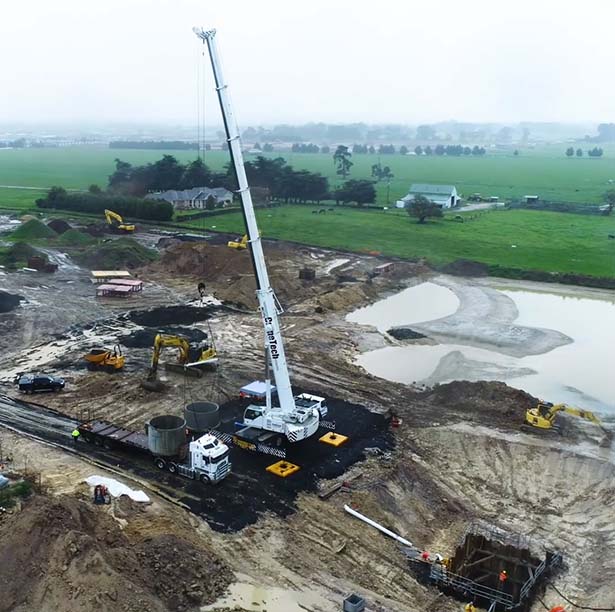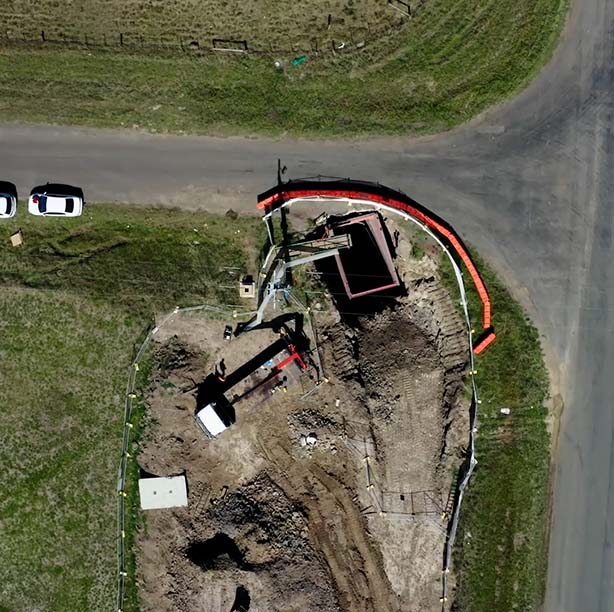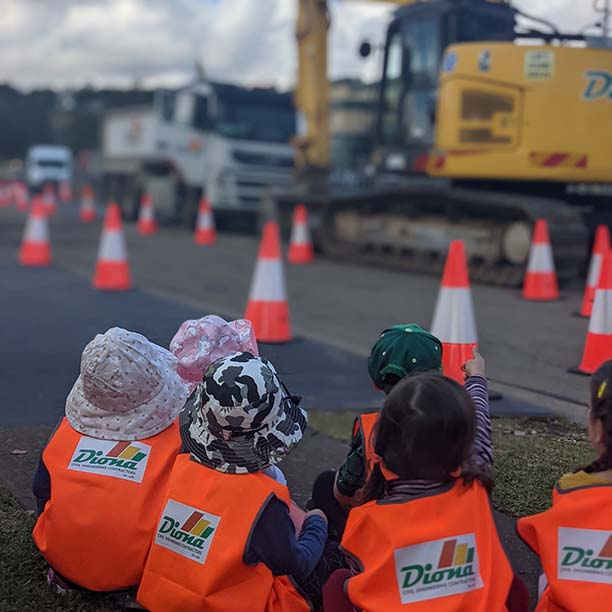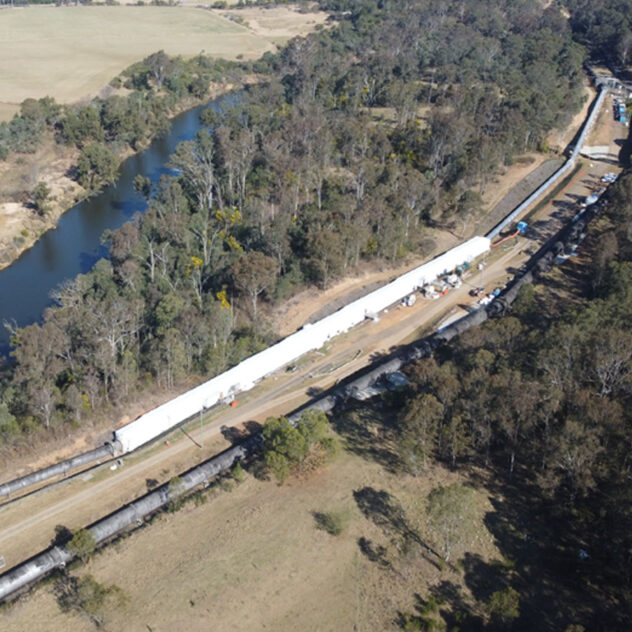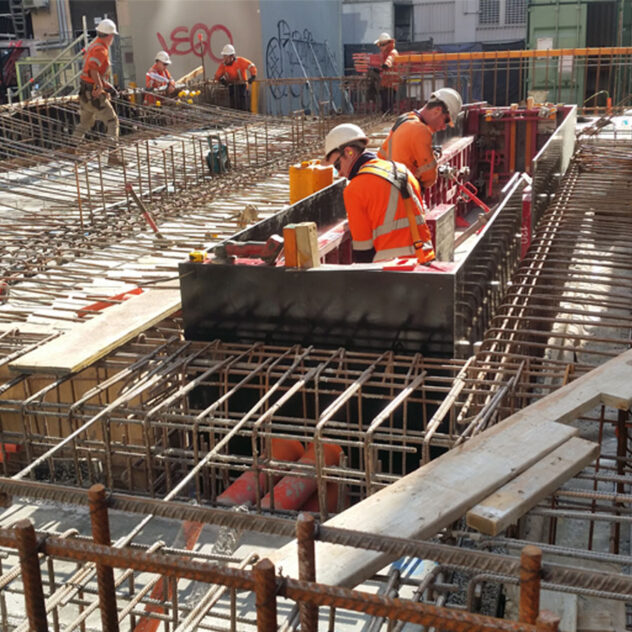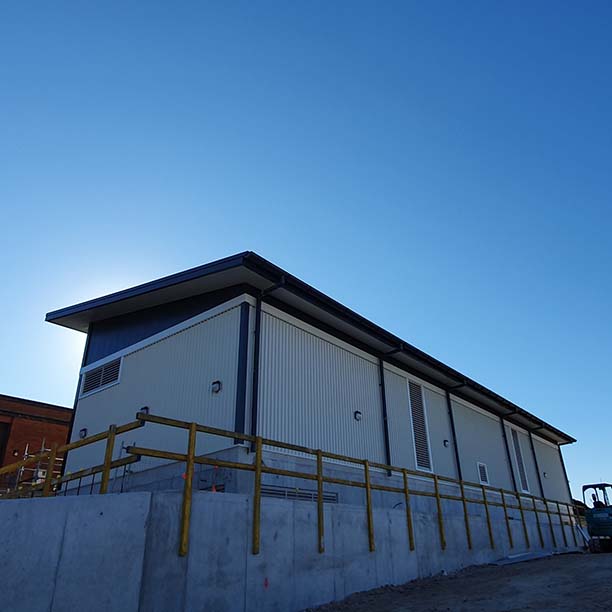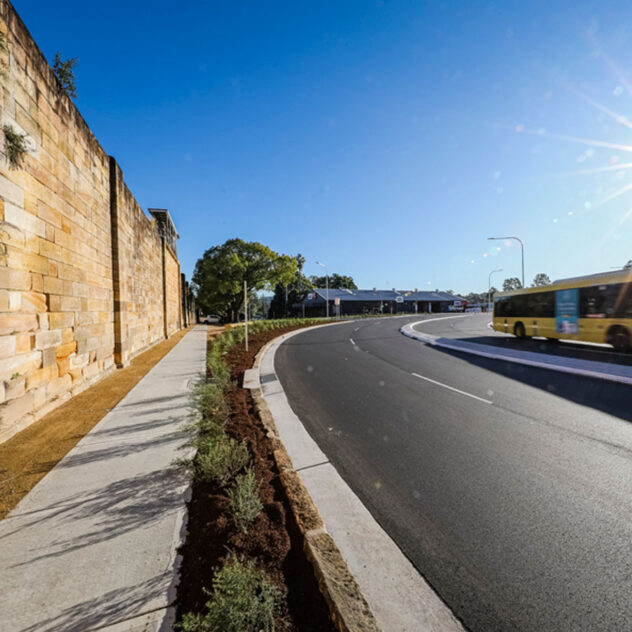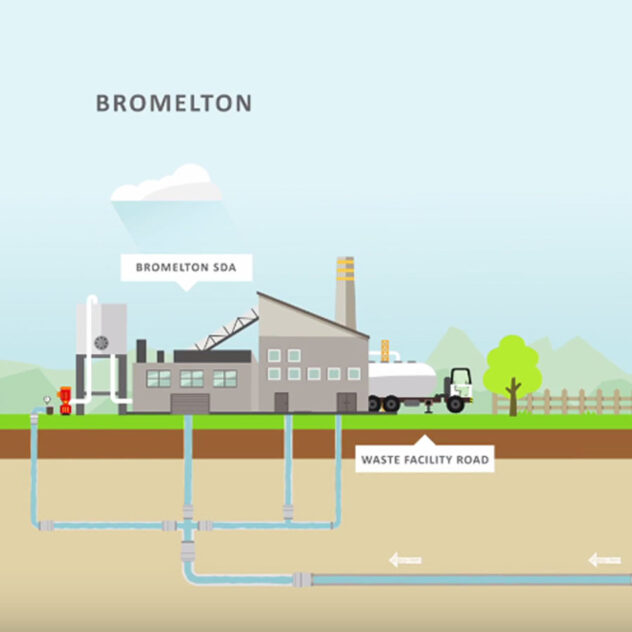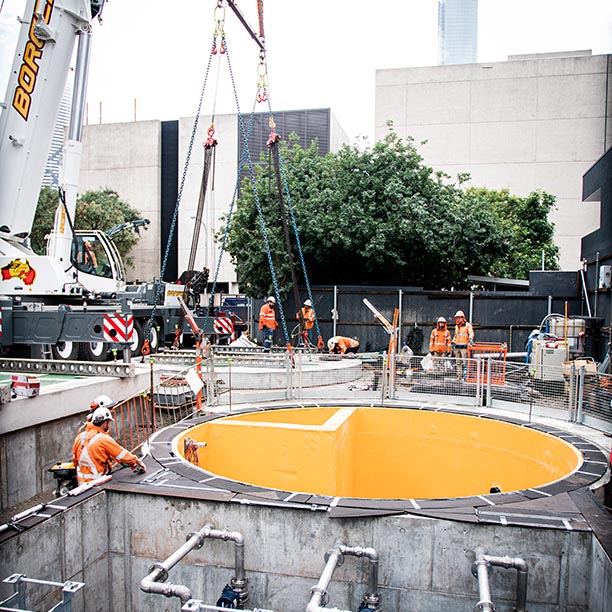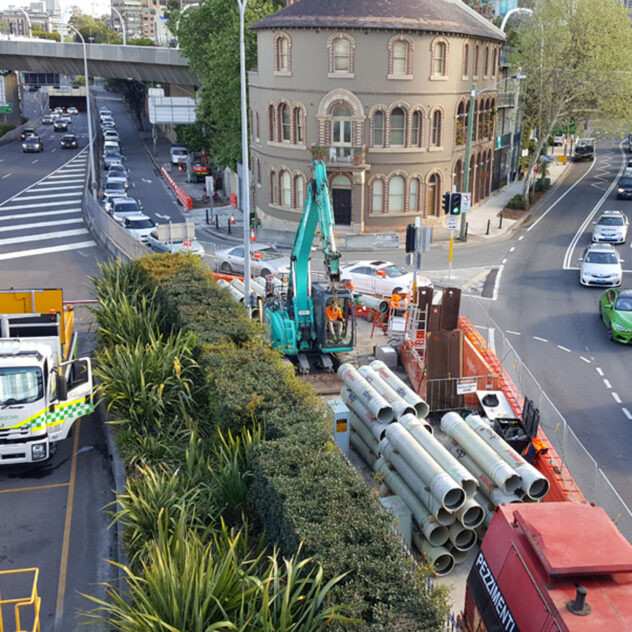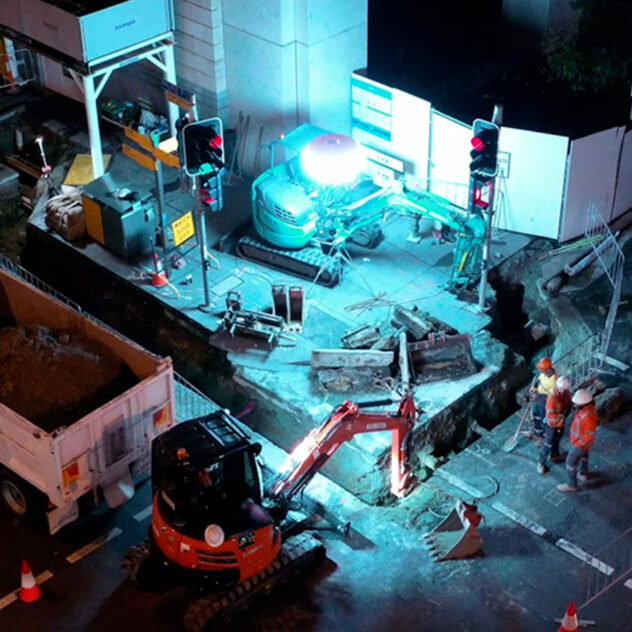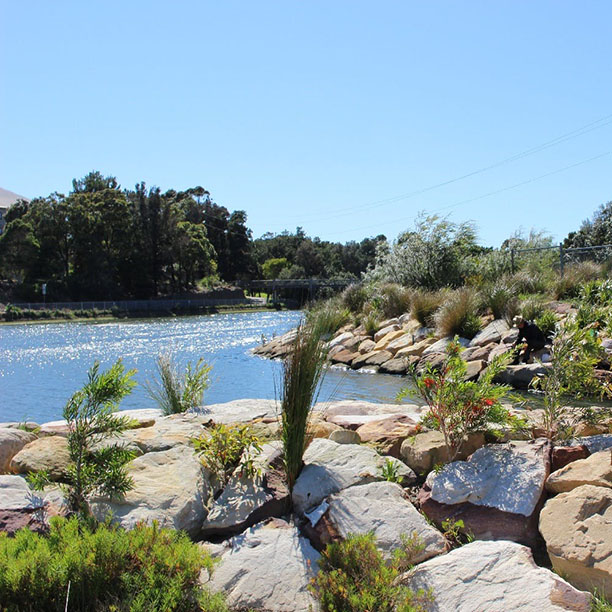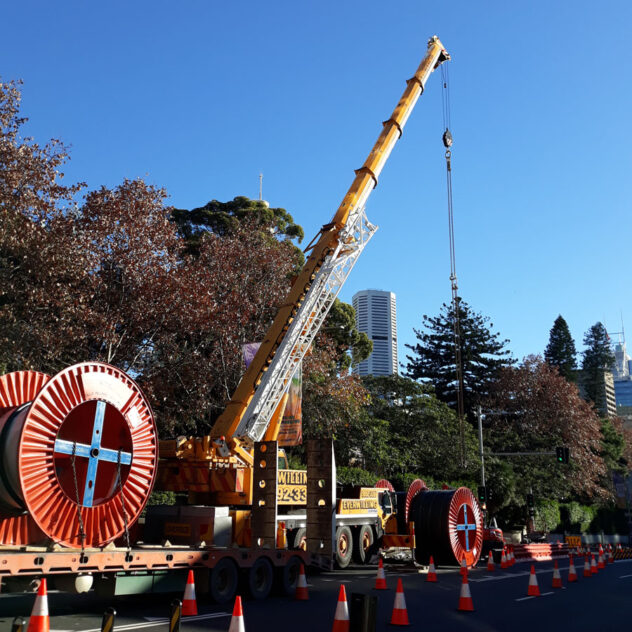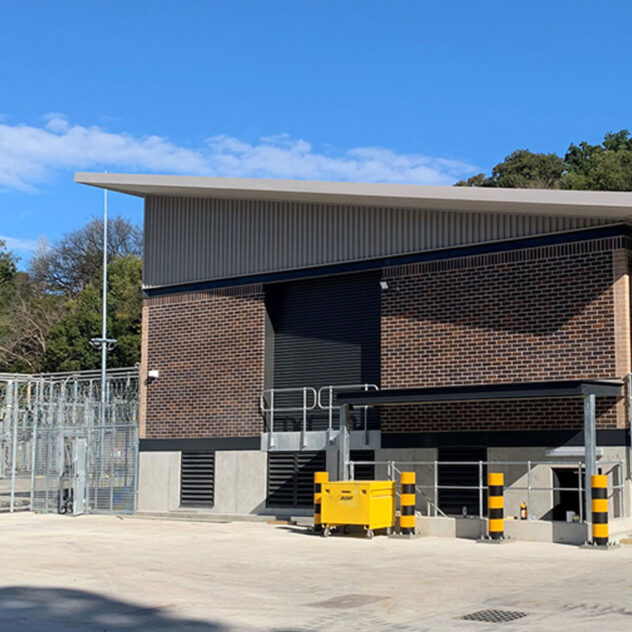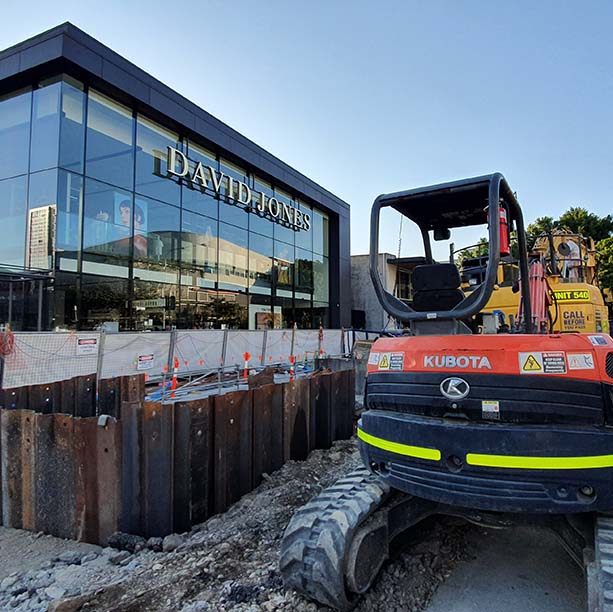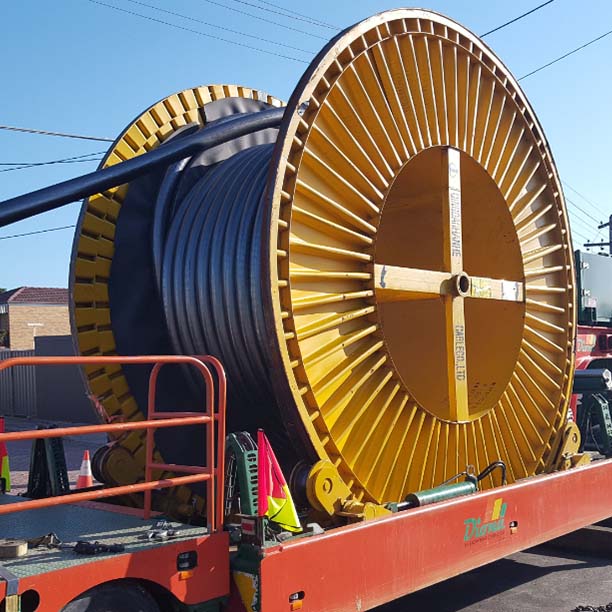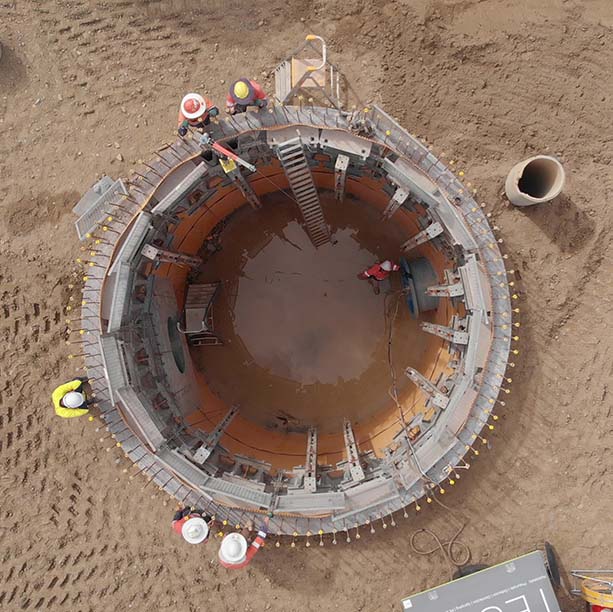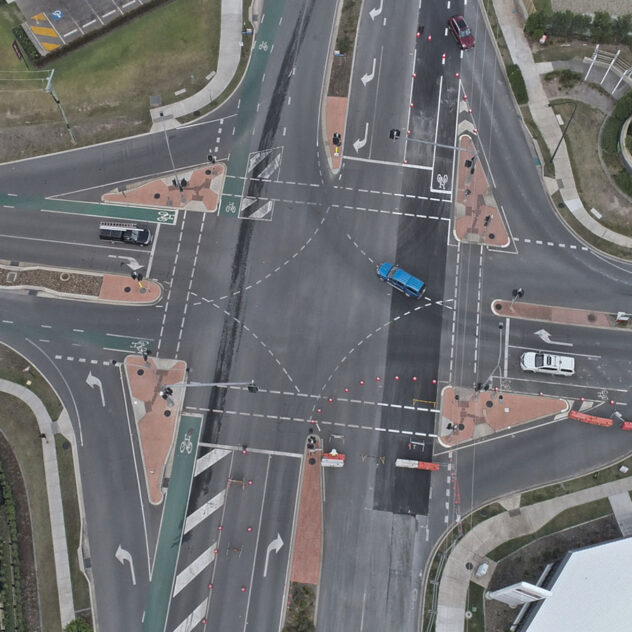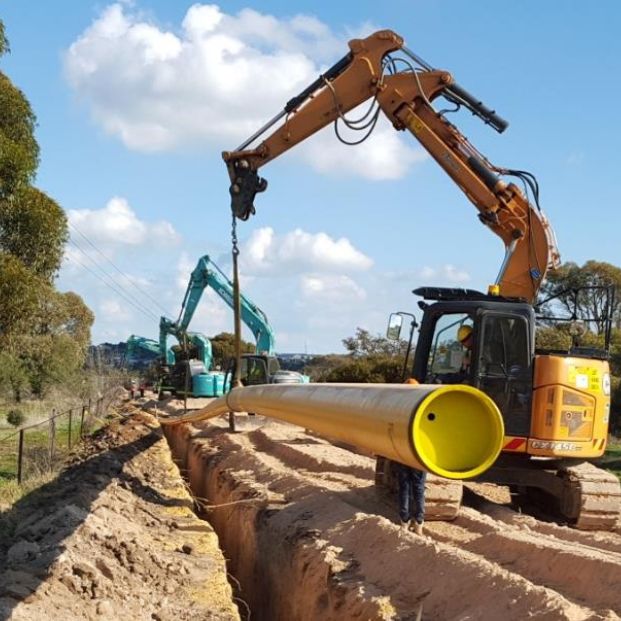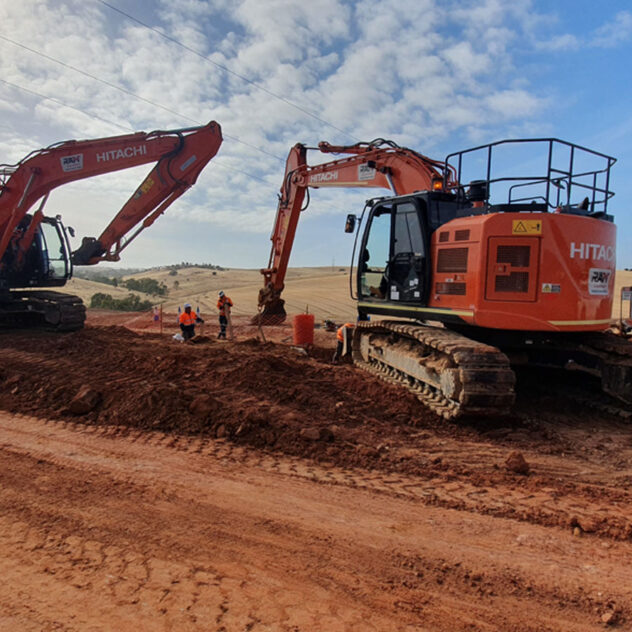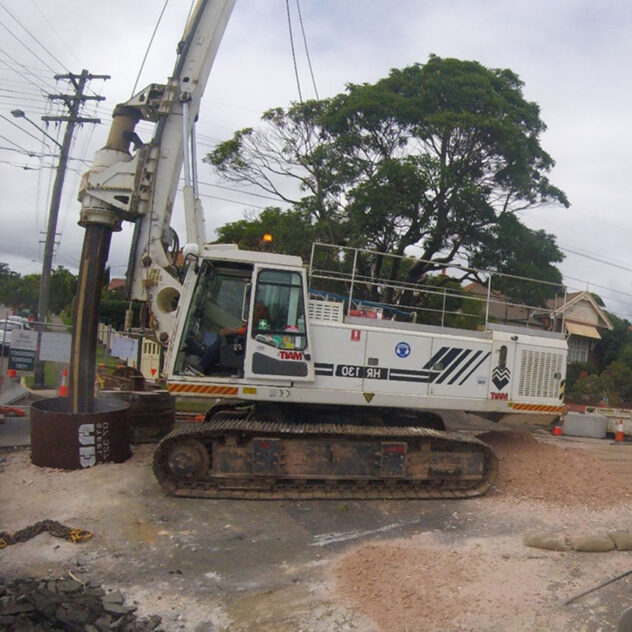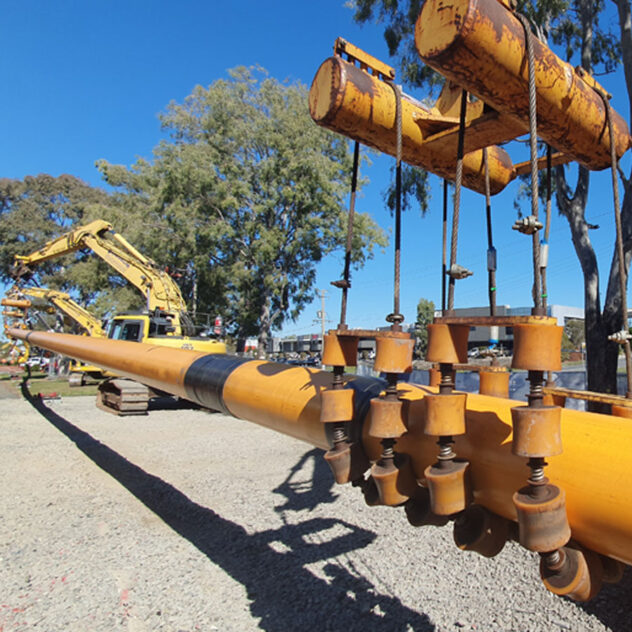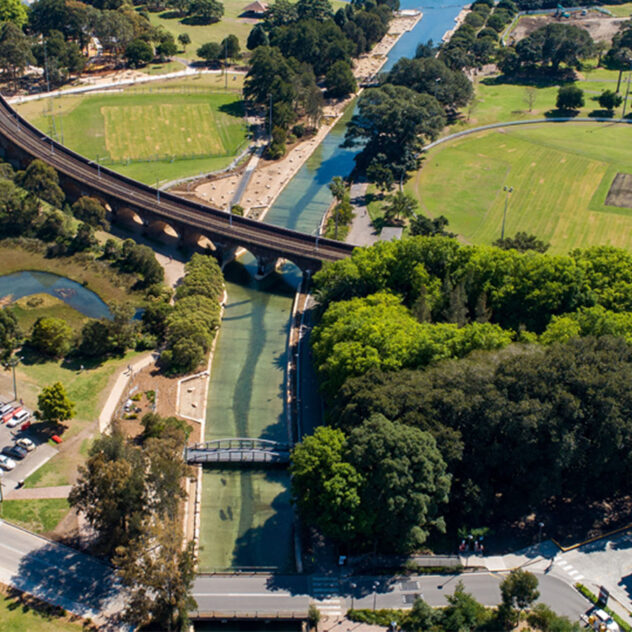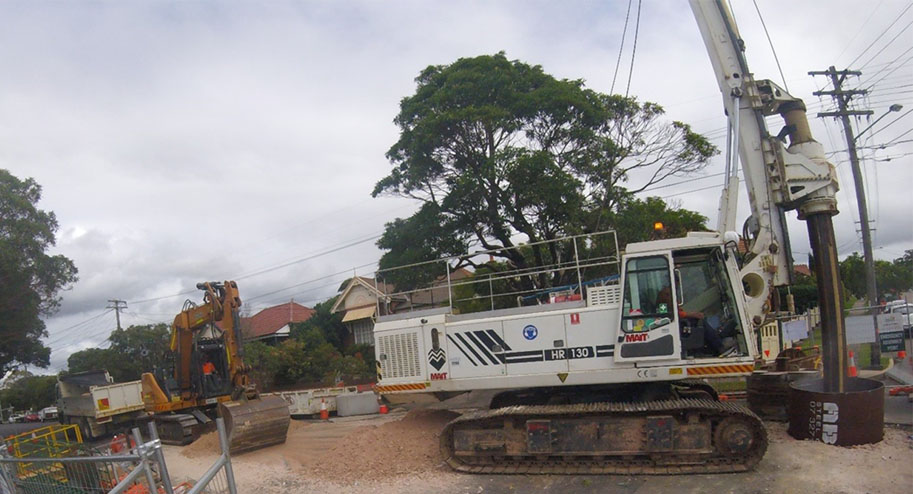
Canterbury Town Centre Transformation
Enhancing urban resilience, safeguarding Cooks River’s ecology, and promoting community well-being.
Project Overview
In a significant initiative to enhance the City of Canterbury Bankstown’s infrastructure, Diona undertook the design and construction of gravity and pressure mains, alongside the upgrade of the SP0082 pump station. This project was vital for supporting the rapid growth in Canterbury, aimed at improving local services, reducing overflow events, and contributing to Sydney Water’s enhancements along the Cooks River.
Project Need
The rapid urbanisation and development in the Canterbury area, highlighted by the approval of over 1,200 apartments and significant public space improvements, necessitated a substantial upgrade to the existing sewer and water management systems. The project addressed the vital need for upgraded infrastructure to support the area’s development and ensure environmental sustainability along the Cooks River corridor.
Project Solution
Diona used both open cut and Horizontal Directional Drilling (HDD) methods for the pipeline installation, overcoming significant engineering challenges such as deep excavations in congested urban areas through the design of custom extension arms for excavators. This innovative approach not only enhanced safety and efficiency but also minimised community disturbance. Environmental considerations were paramount, with strict sediment and erosion control measures in place and active engagement with local bush care groups to restore and improve the biodiversity corridor along the Cooks River.
Value Add | Benefit
Infrastructure Resilience and Capacity
The project significantly bolsters Canterbury’s sewer system and pump station, ensuring they meet current and future demands while mitigating overflow risks.
Community and Environmental Enhancement
Through careful planning and community engagement, the project not only upgraded essential infrastructure but also enhanced local environmental conditions and public spaces, contributing to the community’s quality of life.
Innovative Solutions for Complex Challenges
The adoption of custom technological solutions and the strategic approach to construction and environmental management underscored the project’s commitment to innovation, safety, and sustainability.
Stakeholder and Community Engagement
The project’s success was also marked by its comprehensive stakeholder engagement strategy, ensuring community input and satisfaction through regular updates, consultations, and the implementation of community-beneficial features like a new drinking fountain and community planting day.
ESG Alignment
Reduces overflow events, improves Cooks River water quality, and supports local biodiversity through strategic infrastructure upgrades.
This project contributes to improving water quality by reducing sewer overflow events, which is essential for sustainable water and sanitation management. The upgraded infrastructure supports efficient wastewater treatment and helps in maintaining the ecological health of the Cooks River.
The project demonstrates innovation in infrastructure development, especially in managing complex deep excavations safely and efficiently. The collaboration between Diona and Calibre highlights the importance of innovative approaches in modern urban infrastructure projects.
By supporting the growth and development of the Canterbury area, the project contributes to making cities inclusive, safe, resilient, and sustainable. Improved sewer systems are vital for urban infrastructure, impacting the quality of life in urban settings.
By consulting with local bush care groups for the remediation process and improving the biodiversity corridor along the Cooks River, the project contributes to land ecosystem conservation and restoration.
The collaboration with various stakeholders, including local council, community groups, and bush care groups, exemplifies the role of partnerships in achieving sustainable development, especially in complex urban environments.

